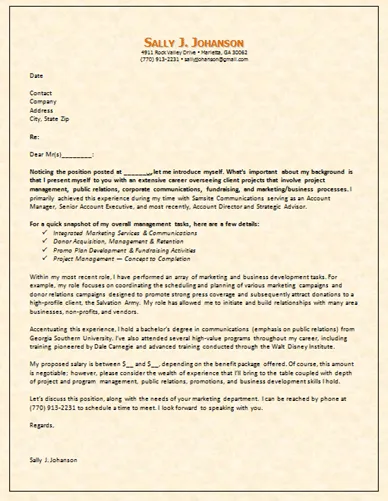Understanding Employment Gaps Cover Letters
Navigating the job market can be challenging, especially when you have employment gaps on your resume. These gaps, periods of time when you were not employed in a traditional full-time role, can raise concerns for potential employers. A well-crafted cover letter is your opportunity to address these concerns proactively. This guide provides a comprehensive approach to writing a cover letter that effectively explains employment gaps, turning a potential negative into a positive reflection of your adaptability, resilience, and commitment to personal and professional growth. By understanding the reasons behind the gaps and how to frame them strategically, you can significantly increase your chances of securing an interview and ultimately, the job you desire. This article will help you address any gaps you have, so that your resume can shine.
What Constitutes an Employment Gap
An employment gap is typically defined as a period of unemployment lasting longer than a few months. This duration can vary depending on industry standards and the specific role you’re applying for, but generally, anything over three to six months is considered a gap. These gaps can arise for various reasons, including layoffs, company closures, personal choices, health issues, or the need to care for family. It’s important to note that not all gaps are viewed negatively. In fact, some gaps can be turned into opportunities to showcase skills and experiences gained during that time. Therefore, the key lies in how you address these periods in your cover letter. It’s about transparency, honesty, and framing your experiences in a way that highlights your positive qualities and ongoing development during the period of unemployment.
Why You Need to Address Gaps
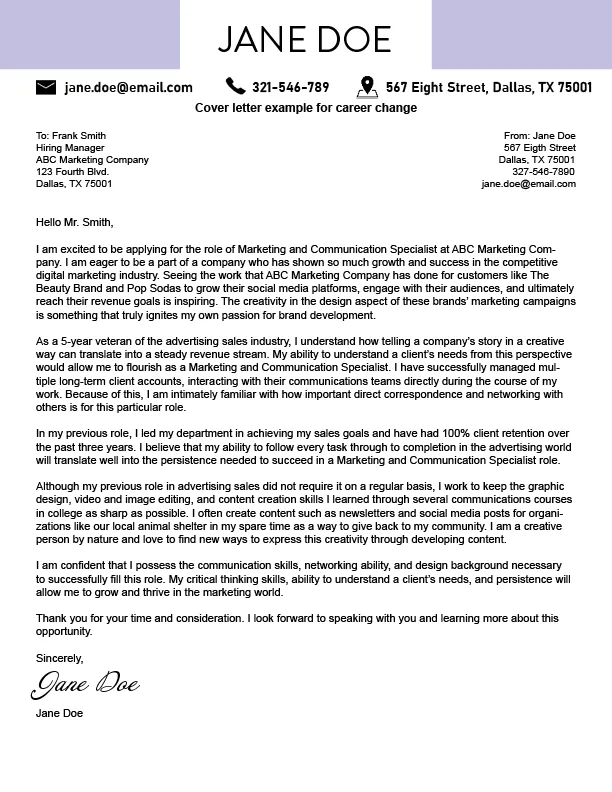
Failing to address employment gaps in your cover letter can be detrimental to your job application. Recruiters and hiring managers often view unexplained gaps as red flags. They might assume that you are trying to hide something, or that you lack the initiative or drive to seek employment. Addressing the gap directly in your cover letter is a proactive step. It demonstrates that you are aware of the issue and that you are willing to be transparent about your situation. Addressing the gap can also provide context that helps the hiring manager understand your circumstances and assess your overall suitability for the role. It’s an opportunity to reframe your experience and highlight your personal growth and continued development during that period. It is an opportunity to make sure that the hiring manager knows you are not hiding anything and can be trusted.
Addressing Employment Gaps in Your Cover Letter
When addressing employment gaps in your cover letter, the key is to be both direct and strategic. Start by acknowledging the gap briefly and honestly. Avoid being overly defensive or providing excessive detail. Focus on what you did during the gap, whether it was further education, freelance work, volunteer activities, or personal projects. Highlighting the skills and experiences you gained during this time can transform a perceived negative into a positive. Frame the gap in a way that demonstrates personal growth, adaptability, or a commitment to self-improvement. This section outlines the essential steps to follow in your cover letter, so that the gap does not hinder your chances to get the job.
Acknowledge the Gap Directly
The first step is to directly acknowledge the employment gap. This shows that you are aware of it and are not trying to hide anything. A simple statement can suffice. For example, you might start a paragraph by saying, “During the period between [start date] and [end date], I took a break from full-time employment to [briefly explain the reason].” This straightforward approach immediately addresses the elephant in the room, demonstrating honesty and transparency. Do not beat around the bush. Simply acknowledge the gap and move on to providing further details.
Be Honest and Concise
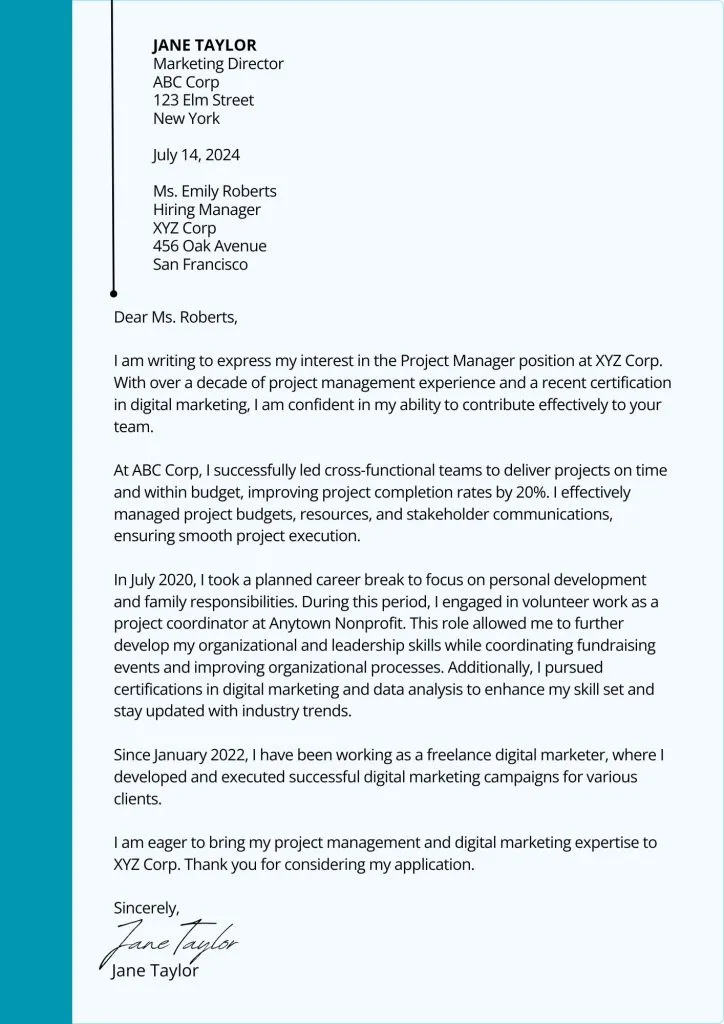
Honesty is crucial. Always be truthful about the reasons for your employment gap. However, avoid providing too much detail. Keep your explanation concise and to the point. You don’t need to provide every single detail, but you should be straightforward about the situation. Avoid using jargon or overly complex language. A clear and concise explanation will be more effective than a long, convoluted one. This shows that you are confident and comfortable discussing your experience. You don’t want to appear as if you have something to hide, as that will reflect badly on your character.
Focus on What You Did During the Gap
Rather than dwelling on the gap itself, focus on what you did during that time. Did you take courses to upgrade your skills? Did you volunteer, freelance, or work on personal projects? Highlighting these activities demonstrates that you were proactive and continued to develop your skills and knowledge. This is your opportunity to turn a potential negative into a positive. By emphasizing what you did during the gap, you show that you were not idle. Even activities like traveling or caring for family members can be framed positively by highlighting the skills you developed, such as adaptability, time management, or empathy. This helps the employer see that you are committed to continuous development.
Highlight Relevant Skills and Achievements
When describing your activities during the gap, make sure to highlight any relevant skills and achievements. If you took online courses, mention the specific skills you learned. If you volunteered, discuss the impact you made and the responsibilities you held. If you worked on personal projects, showcase what you accomplished and how those projects relate to the job you are applying for. This approach helps demonstrate your continued professional development and positions you as a well-rounded candidate. Be specific and provide examples to support your claims. Show the employer that you used the employment gap in a proactive manner.
Frame the Gap Positively
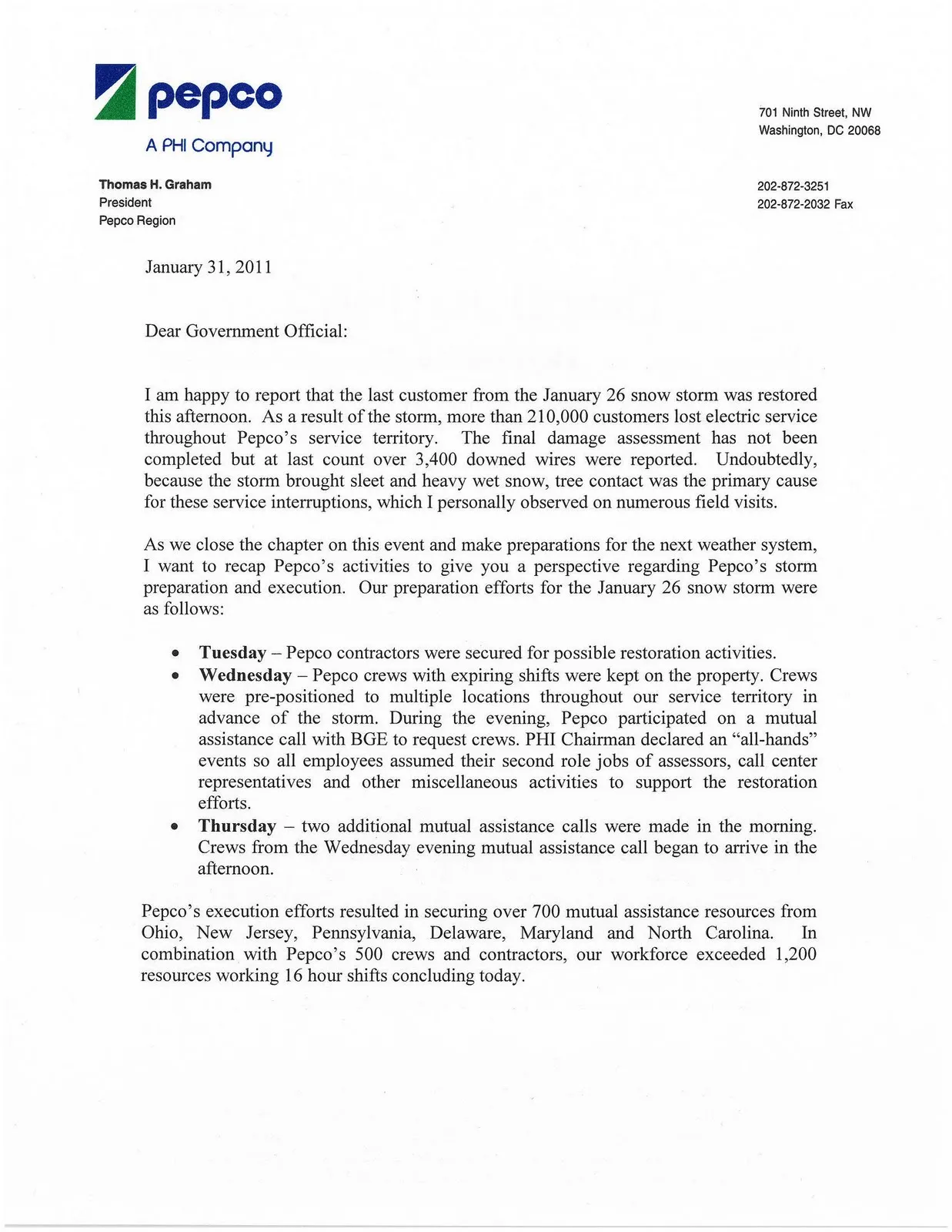
Frame the gap in a positive light. Even if the gap was due to a negative circumstance, such as a layoff, try to focus on what you learned from the experience. Did you gain resilience? Did you develop new skills? Did you re-evaluate your career goals? Focus on the growth that came from the experience. Show how the gap has made you a stronger and more adaptable candidate. Emphasize how the experience has made you better and more prepared for your new role. This positive framing can significantly mitigate any negative perceptions the employer might have. You can show the employer that the gap has a positive effect on your skills and mindset.
Emphasize Personal Growth
Highlighting personal growth is a powerful way to frame an employment gap. Did you use the time to reflect on your career goals? Did you develop new interests or skills? Did you work on improving your health or well-being? By emphasizing personal growth, you show that you are a self-aware individual who takes initiative and is committed to self-improvement. This demonstrates that you can take responsibility for your own circumstances. Such efforts can be perceived as a sign of maturity and a willingness to learn. Showing that you have taken the time to grow as a person during the employment gap can add a positive light to your resume.
Provide a Brief Explanation
While you don’t need to go into excessive detail, providing a brief explanation is essential. This provides context for the employment gap and helps the hiring manager understand your situation. A concise explanation is sufficient, but it should be clear and honest. For example, “During this time, I took a break to care for a family member, which allowed me to develop stronger organizational and time-management skills.” This explanation is straightforward. It explains the reason for the gap and highlights skills developed during that time. The explanation helps prevent any misunderstandings and shows your ability to be open and transparent with a potential employer.
Examples of Acceptable Explanations

Here are several examples of acceptable explanations you can use in your cover letter to address employment gaps. These include explanations for those who were looking for more education or training, doing freelance or contract work, focusing on family responsibilities, and taking time off to travel or work on personal projects. Each explanation should be truthful, concise, and linked to skills or experiences relevant to the job you are applying for. Remember to tailor the explanation to your specific situation, focusing on the positive aspects and the growth you experienced during the gap. The most important thing is to be transparent.
Further Education or Training
If you used the employment gap to pursue further education or training, make sure to highlight this in your cover letter. Mention the specific courses or certifications you earned, and the skills you gained. For example, “During this time, I completed a certification in project management, which equipped me with the skills to effectively manage and coordinate projects.” This shows that you are committed to continuous learning and self-improvement. In addition, you demonstrate that you are proactive in developing your skills and knowledge base. Focus on the practical skills and qualifications that are relevant to the job you’re applying for. This also shows that you are actively developing your skills.
Freelance or Contract Work
Freelance or contract work is a great way to keep your skills sharp and gain new experiences during an employment gap. If you were a freelancer or contractor, describe the types of projects you worked on and the clients you served. Highlight the skills you used and the results you achieved. For example, “During this period, I worked as a freelance writer, producing content for several clients and managing multiple projects simultaneously.” This demonstrates your ability to manage your time, work independently, and deliver results. This shows that you are adaptable and willing to take on new challenges. It proves that you are not afraid to work on different projects and roles.
Family Responsibilities
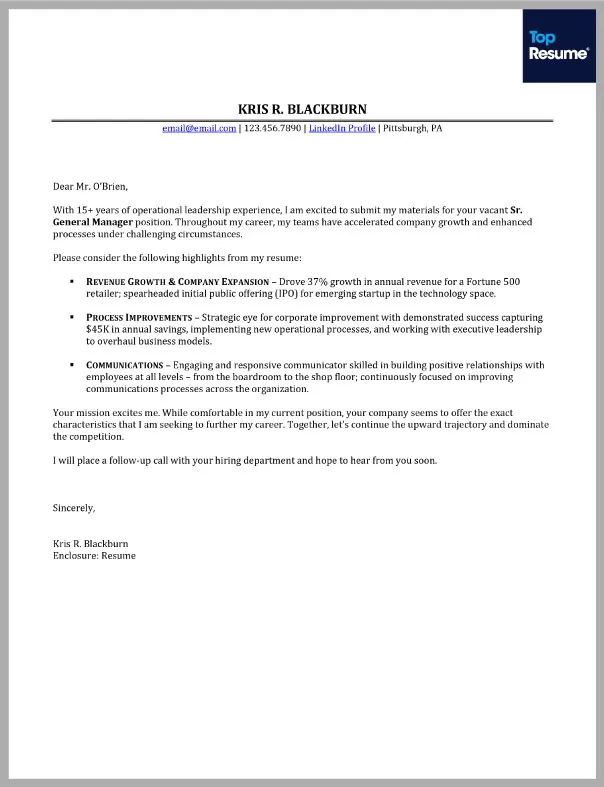
If you took time off to care for family members, address this with sensitivity and honesty. Frame it as a period of valuable experience, highlighting skills you developed. For example, “During this time, I took a break to care for my family, which gave me the opportunity to develop stronger organizational and time-management skills.” This explanation is honest and demonstrates your commitment to family. The focus is on the skills you gained, rather than dwelling on the gap itself. Make sure to demonstrate how the skills that you have can be useful for the job you’re applying for. Showing that you can manage your time and are organized demonstrates your ability to get the job done and follow through on your commitments.
Travel or Personal Projects
If you traveled or worked on personal projects during the gap, frame these experiences positively. Discuss the skills you gained and the insights you acquired. For example, “During this time, I traveled extensively, which broadened my perspective and enhanced my cross-cultural communication skills.” This shows that you are adaptable, open-minded, and willing to learn from new experiences. If you worked on personal projects, highlight the skills you used and the results you achieved. Frame these experiences in a way that aligns with the job you’re applying for. Your adaptability and skills gained can show the hiring manager that you have a great capacity to adapt and thrive in new environments.
Showcase Your Value
The overarching goal is to showcase your value to the potential employer. The employment gap section is an opportunity to reframe the narrative and position yourself as a strong candidate. Emphasize what you can offer and how your skills and experiences align with the job requirements. Don’t dwell on the negative aspects of the gap; instead, focus on your achievements, skills, and personal growth. The more valuable you can make yourself appear to the employer, the more you show them that you are prepared to take on the job. The value is not based solely on your experience and skills, but also on your character and mindset.
Connect Skills to the Job
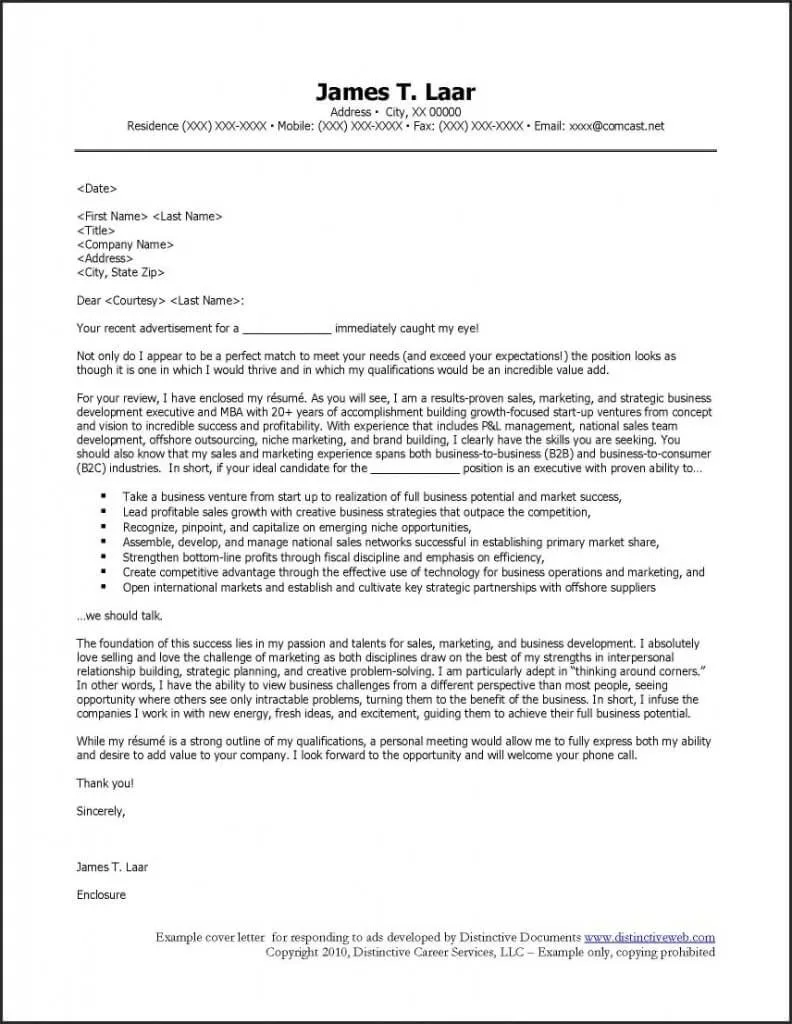
Make a direct connection between your skills and the job requirements. Review the job description carefully and identify the key skills and qualifications the employer is looking for. Then, in your cover letter, clearly demonstrate how your skills and experiences align with these requirements. Use specific examples to illustrate your points. For example, if the job requires project management skills, highlight your experience managing projects during your employment gap and mention any relevant certifications or training you completed. This helps the hiring manager see that you possess the skills they need. The more you can demonstrate this, the more you prove that you are a good fit for the job.
Use Action Verbs
Use strong action verbs to describe your skills, achievements, and experiences. Action verbs bring your cover letter to life and make it more engaging for the reader. For example, instead of saying “I was responsible for,” use verbs like “managed,” “led,” “developed,” or “implemented.” Action verbs also make your descriptions more specific and results-oriented. Always show the employer what you did, and how that helped. This helps you show how you have added value to your past endeavors. Action verbs are essential for writing a compelling cover letter and making a strong impression on potential employers. They show that you are prepared to take action.
Quantify Your Accomplishments
Quantify your accomplishments whenever possible. Use numbers and data to illustrate your achievements. For example, instead of saying “I improved customer satisfaction,” say “I increased customer satisfaction by 15%.” Quantifying your accomplishments makes your claims more credible and memorable. Use statistics and metrics to demonstrate the impact of your work. The employer will be able to see what you have done. This also provides concrete evidence of your skills and value. Numbers do not lie, and they can give a clearer and more comprehensive view of your accomplishments. It is essential to make sure that your accomplishments are clear.
Proofread and Edit Your Cover Letter
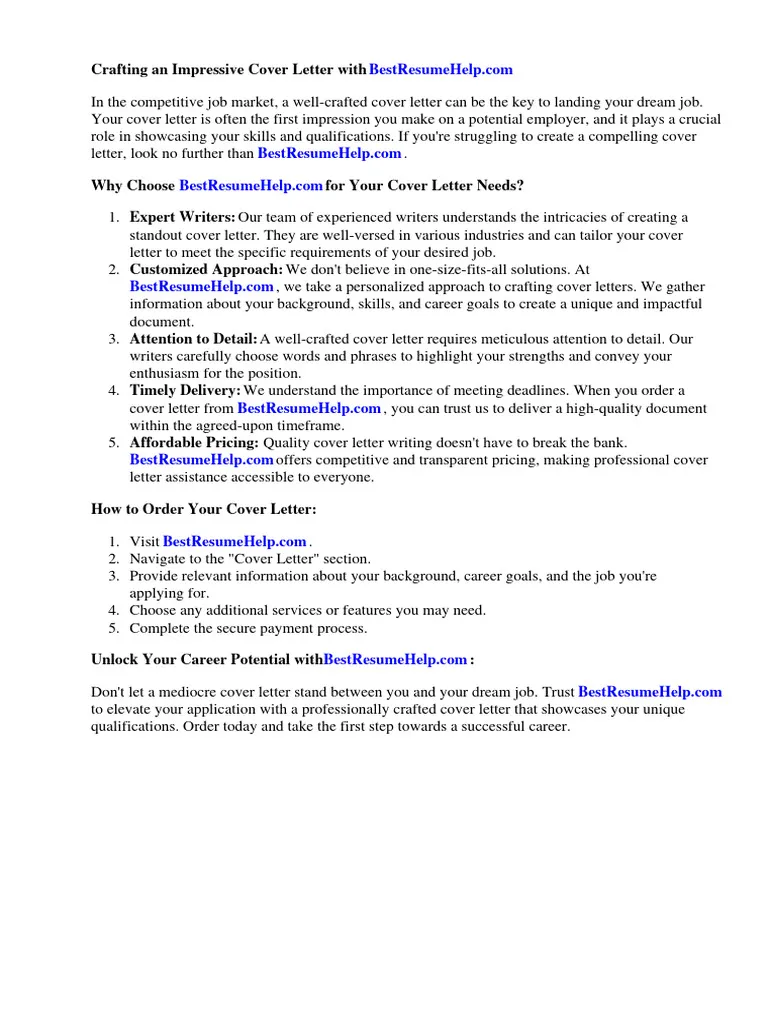
Before submitting your cover letter, make sure to proofread and edit it carefully. Errors in grammar, spelling, and punctuation can undermine your credibility and make a negative impression on the hiring manager. Use a grammar checker and have a friend or family member review your letter as well. Pay close attention to your word choice, sentence structure, and overall tone. Ensure that your cover letter is well-written, professional, and free of any mistakes. This small step can go a long way in showcasing your professionalism and attention to detail. This also shows the hiring manager that you are serious about this opportunity.
Common Mistakes to Avoid
There are several common mistakes to avoid when addressing employment gaps in your cover letter. These mistakes can diminish your chances of securing an interview and may lead to a negative impression. Always make sure that you avoid these mistakes when writing your cover letter. Taking these precautions can help you avoid a lack of interest from the hiring manager. Always make sure that you are taking every precaution to improve your chances of landing an interview. It is your responsibility to be proactive and take the necessary measures to ensure that you have a strong cover letter that reflects your best qualities.
Ignoring the Gap
One of the biggest mistakes is ignoring the employment gap altogether. This can raise red flags and make the hiring manager wonder what you are trying to hide. Failing to address the gap sends the wrong message and suggests that you are not being transparent. This is a missed opportunity to frame your experience positively. The employer may think that you are hiding something or that you are not willing to be transparent. Address the gap directly in your cover letter. This shows that you are taking responsibility for the gap.
Being Dishonest or Vague
Being dishonest or vague about the reasons for your employment gap is another common mistake. Honesty is essential. Being dishonest can backfire and damage your credibility. If you are vague, it can make it difficult for the hiring manager to understand your situation. Always be truthful about the reasons for your employment gap. Provide a clear and concise explanation. Don’t try to hide the truth. This can lead to trouble down the road. Provide a clear explanation of your circumstances.
Over-Explaining the Gap
While it’s important to explain the gap, avoid over-explaining it. Going into too much detail can be counterproductive. It can make you appear overly defensive or highlight the gap unnecessarily. Keep your explanation brief and to the point. Focus on the positive aspects of your experience, not the negative ones. There’s no need to provide every single detail about your personal situation. You should make it clear, but also show that you’re not hung up on the matter. Your goal is to show the hiring manager what you have to offer. If you spend too much time on the employment gap, you will distract from the positive qualities that you are bringing to the table.
Poor Grammar and Typos
Poor grammar and typos can make a negative impression and undermine your credibility. Always proofread your cover letter carefully before submitting it. Use a grammar checker and have a friend or family member review your letter as well. Attention to detail is essential. Make sure your cover letter is professional and polished. You should not appear to have a lack of attention to detail. You also need to ensure that your writing is understandable and easy to read. It is also important to make sure that your writing is grammatically correct. The hiring manager will be able to get a good sense of your writing ability.
Finalizing Your Cover Letter for Gaps
Writing a cover letter to address employment gaps requires careful planning and execution. By understanding why gaps exist, how to frame them, and what to avoid, you can transform a potential disadvantage into an opportunity. This guide has equipped you with the knowledge to create a compelling cover letter. It will help you demonstrate your value, resilience, and ongoing development. By being honest, focusing on your experiences, and highlighting the skills you have, you can make a strong impression on the employer. Always remember to tailor your cover letter to the specific job requirements and company culture. Remember to proofread your letter carefully. This will ensure that it is free of errors. Now, you are ready to move forward with your job search, and have a stronger chance of success.
